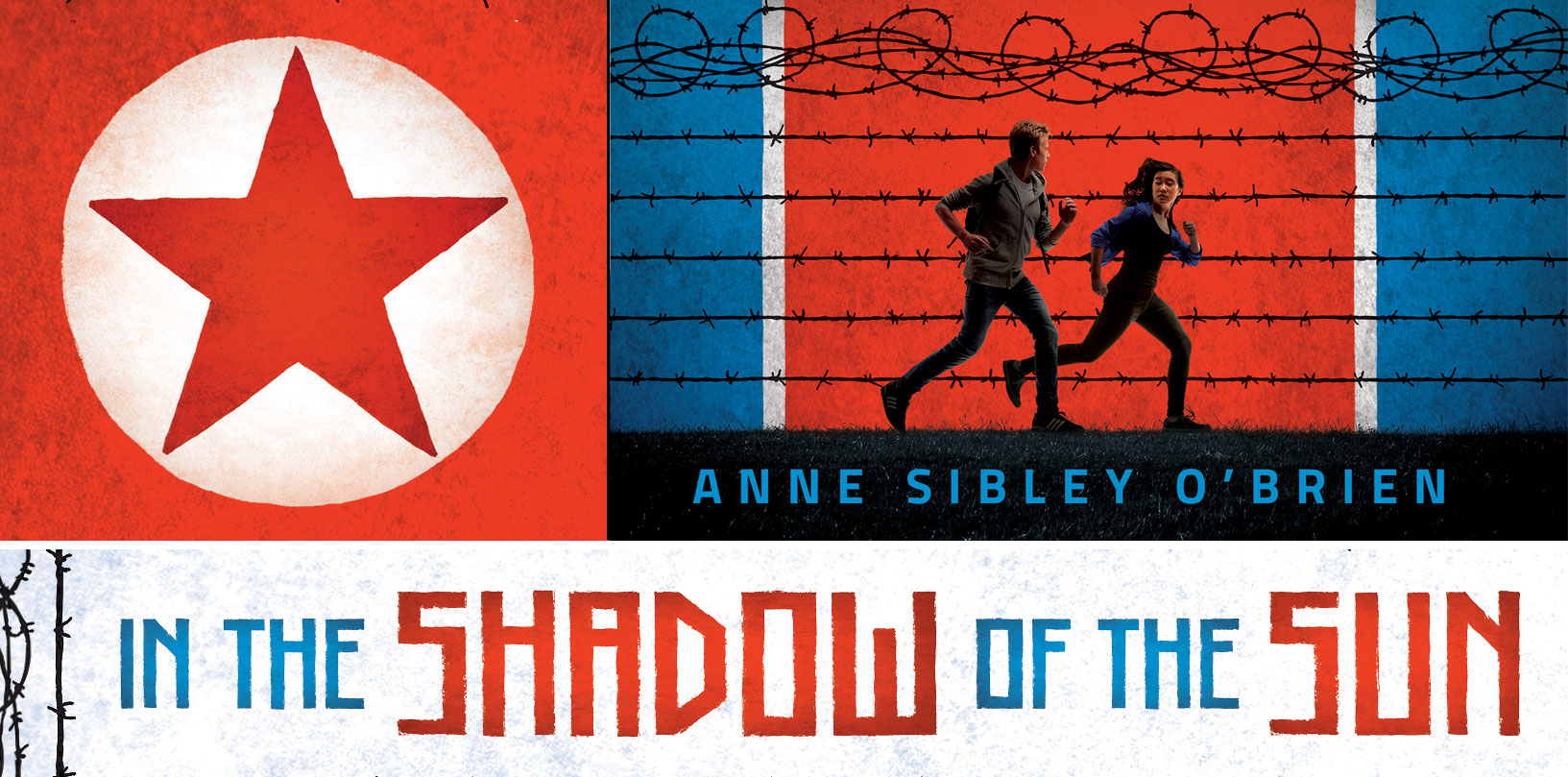
Last week I revisited the sites of some of the most evocative scenes of my childhood. When I was nine, our family moved from Seoul to Taegu where my father worked at Dong San Hospital. After a year in a large Western-style house up on the walled mission compound, we moved off the hill into a Korean home on a city street.
Every time I climbed the stone steps in the alleyway to play with my missionary friends, I crossed a threshold between two sharply contrasting worlds:
I wanted a world I couldn’t have.
Tiny elfin homes of moss and bark
and twigs, with acorn shells for dishes.
Under great trees I played
making fairy princess dolls from the blossoms
of pomegranate and hibiscus bushes;
while down at the bottom of the hill
a beggar boy squatted with his can at the gate,
or a mother sat holding her sleeping baby in her arms,
the child’s matted hair the color of despair.
And in the stone streets small thickset ponies
with flies about their heads
pulled cartloads much too heavy;
they staggered and starved and died, whipped
by owners not cruel
but just as poor and desperate as the ponies.
In the walled garden above I ran about
with the other feather-haired children
beneath a canopy of flowering cherries
whose petals drifted
to form a carpet of palest pink dotting the green grass.
Then I walked home down an alley
of granite block steps
where urine and food scraps ran along the gutter
and tin-roofed shacks clinging
to the hillside were homes
and the granite steps were the children’s
playground.

Last week, I returned to Taegu to discover that, forty-five years later, our Korean home is now a parking lot, but the alley steps are still there! At the top of the hill, several of the old Western houses are intact, converted into museums showcasing the history of missionary work.
It was eery to walk the ground, like a stage set of the play of my childhood (everything seemed to have been reconstructed at 2/3 scale). Tall buildings, the emblem of South Korea’s extraordinary industrialization, surround what used to be the compound. The economic inequities that created a chasm between the two worlds of my childhood are gone.
Now I have a new set of worlds to navigate and make meaning of – the past and the present.




